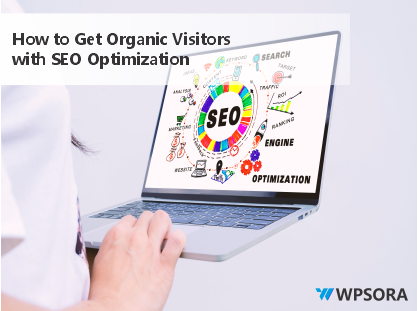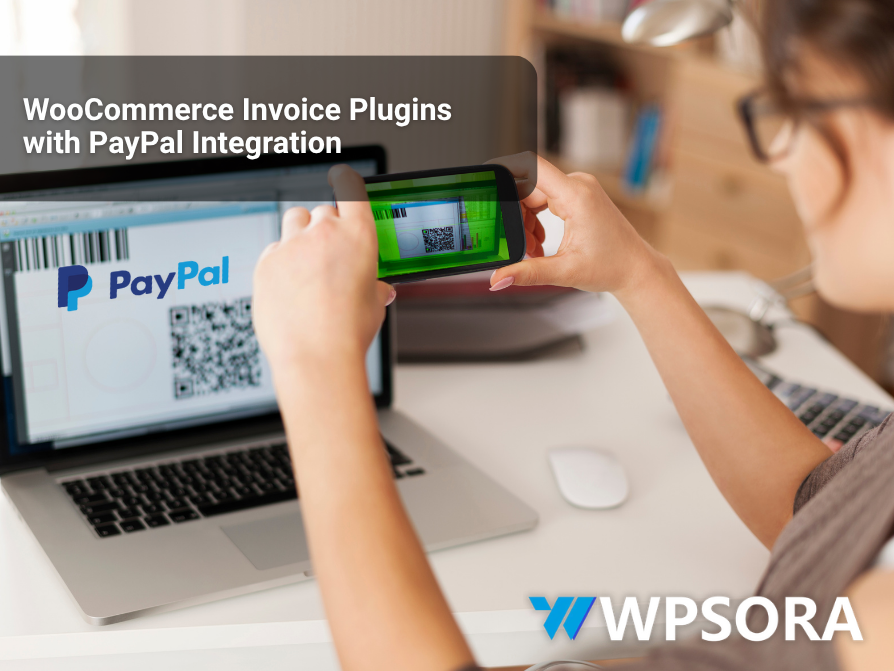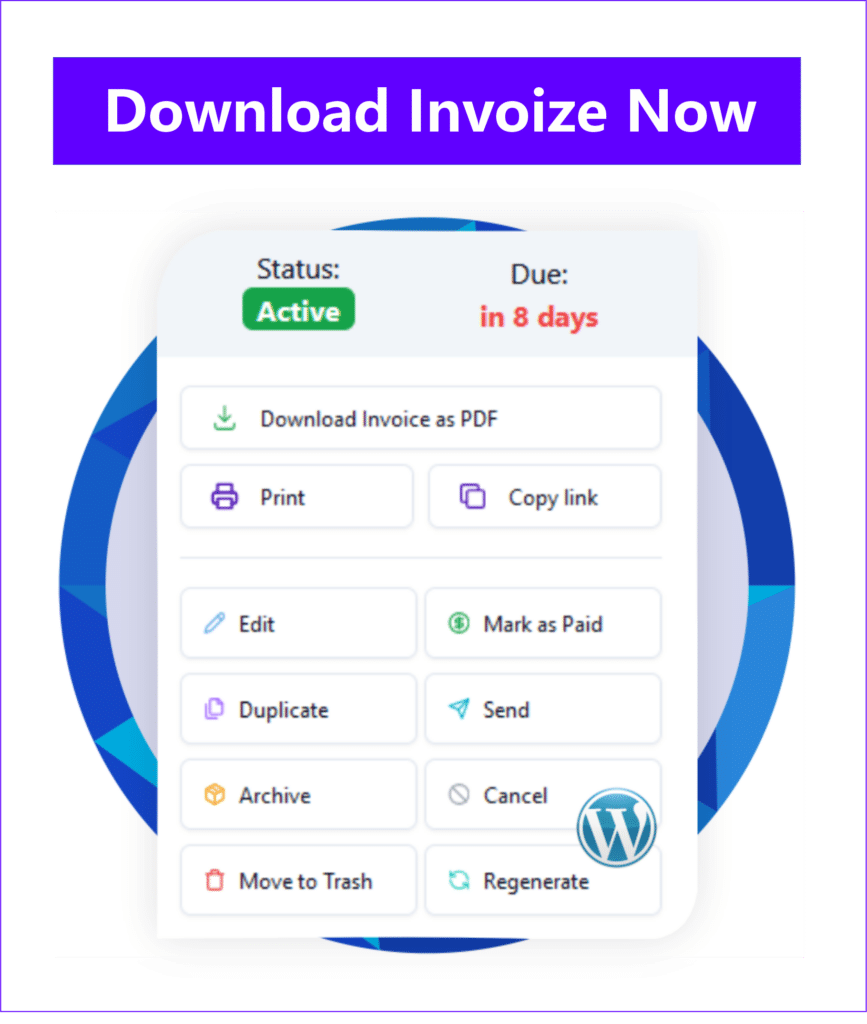Your business deserves to be found. That’s why SEO optimization is so important. It helps you show up where your customers are already searching—on Google. A well-optimized website doesn’t just improve traffic; it builds trust, brings in quality leads, and grows your brand authority. Investing in SEO means investing in long-term success.
Table of Contents
In the digital era, simply creating a WordPress site is not enough to attract visitors. To gain traffic, particularly organic traffic, your site must be optimized for search engines like Google. Organic traffic refers to visitors who find your website through search engine results rather than paid ads. These visitors are crucial because they are often more engaged and likely to convert into leads or customers.
WordPress is a great platform for SEO due to its flexibility, built-in features, and numerous plugins designed to improve SEO performance. However, even with its advantages, optimizing your WordPress site effectively requires a solid strategy that integrates technical SEO, keyword research, content creation, and link-building.
This guide covers everything you need to know about SEO optimization on WordPress to drive organic traffic and boost your site’s visibility.
Understanding SEO: On-Page vs. Off-Page SEO
On-Page SEO On-page SEO refers to the optimization of individual web pages to rank higher in search engines. It involves improving elements directly on your website, such as content quality, keyword usage, and the HTML source code. Essential on-page factors include:
Content quality: Producing valuable, informative, and original content.
Keyword optimization: Properly placing relevant keywords within the content.
Meta tags: Optimizing titles, meta descriptions, and header tags (H1, H2, H3).
Internal linking: Ensuring logical navigation through internal links.
Image optimization: Using appropriate alt texts and file names for images.Off-Page SEO Off-page SEO involves strategies taken outside of your website to improve its search engine ranking. The main focus is building high-quality backlinks, which signal to search engines that your site is authoritative and relevant. Off-page SEO includes:
Backlink building: Getting links from reputable sites.
Social media promotion: Sharing content to increase reach and traffic.
Influencer outreach: Connecting with bloggers and influencers to feature your site.On-page and off-page SEO should work in tandem for comprehensive SEO optimization.
Choosing the Right SEO Plugin for WordPress
WordPress offers various plugins to help you optimize your SEO efforts. Using an SEO plugin simplifies managing on-page SEO, generating sitemaps, and analyzing your site’s performance. Some of the most popular options are:
Yoast SEO
Yoast is widely regarded as one of the best WordPress SEO plugins. It offers detailed guidelines for improving your content, helps with meta tags, and generates XML sitemaps.
Rank Math
Rank Math is a feature-rich SEO plugin that provides real-time content analysis, Google Search Console integration, and keyword tracking. It also has a simple interface, making it beginner-friendly.
All in One SEO Pack
This plugin offers comprehensive SEO optimization, including XML sitemaps, Google Analytics integration, and schema support.
When choosing an SEO plugin, consider ease of use, advanced features like schema markup, and its ability to integrate with other tools.
Keyword Research: The Foundation of SEO Success
Keyword research is the cornerstone of any SEO strategy. By identifying the terms people search for within your niche, you can optimize your content around those keywords to rank higher in search engines. Here’s how to perform effective keyword research:
Step 1: Brainstorm a List of Topics
Start by listing topics relevant to your website. Think about the services or products you offer, the problems your audience faces, and the information they may be searching for.
Step 2: Use Keyword Research Tools
Utilize tools like Google Keyword Planner, Ahrefs, and SEMrush to find high-performing keywords related to your topics. These tools will show you search volume, keyword difficulty, and related terms.
Focus on Long-Tail Keywords
Long-tail keywords are more specific phrases that often have less competition but higher intent. For instance, instead of targeting “WordPress SEO,” a long-tail version could be “best SEO plugins for WordPress beginners.”
Analyze Competitors
Study your competitors to find out which keywords they are ranking for. This can give you ideas for keywords you may not have considered.
By selecting the right keywords, you can create content that targets what your audience is searching for, leading to more organic traffic.
Optimizing Your WordPress Site Structure for SEO
A well-structured website helps both search engines and users navigate your content. Poor site structure can confuse visitors and prevent search engines from indexing your pages effectively.
Best Practices for Site Structure:
Logical hierarchy: Organize your pages into a clear hierarchy. Start with main categories, followed by subcategories.
Breadcrumbs: Implement breadcrumb navigation to help users and search engines understand your site's structure.
Clean URLs: Use readable and descriptive URLs. Avoid random numbers and irrelevant characters (e.g., example.com/best-seo-tools).
Organize categories and tags: Properly use categories and tags in your WordPress blog to group related content.Creating a clear and intuitive site structure will enhance user experience and boost SEO performance.
Crafting High-Quality, Optimized Content
Content is still king when it comes to SEO. Google and other search engines prioritize high-quality, relevant content that answers users’ queries. Here are some tips to create optimized content:
Keyword Placement
While your keyword strategy is essential, keyword stuffing can harm your rankings. Focus on including your primary and secondary keywords naturally within the content, especially in the first 100 words, headings, and meta descriptions.
Readability
Write content that is easy to read. Break up text with subheadings, bullet points, and short paragraphs. Avoid complex jargon unless necessary.
Use Engaging Media
Enhance your content with images, infographics, and videos. Not only do these media types improve user engagement, but they also give you opportunities to optimize for SEO (through image alt texts and video descriptions).
Evergreen Content
Create “evergreen” content that stays relevant over time. Tutorials, guides, and industry insights tend to attract consistent organic traffic, as they continue to be useful even after their initial publication.
Optimizing On-Page SEO Elements on WordPress
Title Tags and Meta Descriptions
Your title tag and meta description are the first things people see in search engine results. Ensure they are compelling, informative, and include your target keywords. Aim for:
Title tags: 50-60 characters.
Meta descriptions: 150-160 characters.Header Tags (H1, H2, H3)
Use header tags to organize your content. The H1 tag should contain your main keyword, while H2 and H3 tags can break down subtopics.
Internal Linking
Internal linking is critical for SEO and user experience. By linking to other relevant pages on your website, you guide visitors and help search engines crawl your site more effectively.
Optimizing Images
All images should have descriptive alt text that includes your target keywords. Additionally, compress images to reduce load time without sacrificing quality.
Importance of Mobile Optimization for SEO
Mobile optimization is crucial, as more than half of global web traffic comes from mobile devices. Moreover, Google has implemented mobile-first indexing, meaning it primarily uses the mobile version of your site for ranking.
Steps to Optimize for Mobile:
Responsive theme: Choose a WordPress theme that automatically adjusts to different screen sizes.
AMP (Accelerated Mobile Pages): Consider using the AMP plugin to create fast-loading mobile versions of your pages.
Test for mobile-friendliness: Use Google’s Mobile-Friendly Test tool to ensure your site performs well on mobile devices.Boosting Page Load Speed for Better SEO Performance
Website speed plays a significant role in SEO rankings. A slow site not only frustrates users but also leads to higher bounce rates, which negatively impacts SEO.
Tips for Speed Optimization:
Image compression: Use plugins like Smush to compress large images without compromising quality.
Caching plugins: Caching helps speed up your website by storing static files. Plugins like W3 Total Cache or WP Rocket can improve load times.
Minify files: Minify CSS, JavaScript, and HTML to remove unnecessary code, which can reduce page size and improve speed.You can monitor your site’s speed using tools like Google PageSpeed Insights or GTmetrix.
Securing Your WordPress Site for SEO Benefits
Website security is often overlooked, but it’s crucial for SEO. A secure website builds trust with visitors and search engines alike.
How to Secure Your WordPress Site:
SSL Certificate: Ensure your site is using HTTPS by installing an SSL certificate. Google favors secure websites in its rankings.
Security Plugins: Use security plugins like Wordfence or Sucuri to protect your site from malware, hackers, and vulnerabilities.Keeping your site secure not only protects your business but also enhances your SEO.
Building Backlinks: Off-Page SEO for Organic Traffic
Backlinks are a major factor in off-page SEO. They signal to search engines that your content is credible and worth ranking higher. However, not all backlinks are created equal—focus on acquiring high-quality links from reputable websites.
Effective Backlink Strategies:
Guest Blogging: Contribute articles to other blogs in your niche with a link back to your website.
Broken Link Building: Find broken links on other websites and suggest your content as a replacement.
Create Shareable Content: Infographics, research studies, and in-depth guides are highly shareable and can naturally attract backlinks.By building a strong backlink profile, you’ll enhance your site’s authority and rankings.
Tracking and Measuring SEO Success
To know whether your SEO efforts are paying off, it’s essential to track your performance regularly. There are several metrics and tools you should monitor:
Key SEO Metrics:
Organic traffic: The number of visitors coming from search engines.
Bounce rate: The percentage of visitors who leave your site after viewing just one page.
Keyword rankings: Track how your target keywords are performing in search results.SEO Tools:
Google Analytics: This free tool helps you monitor traffic, user behavior, and conversions.
Google Search Console: Use this to track your site’s presence in search results, monitor your keyword performance, and fix any crawl errors.Regularly analyzing these metrics will help you make data-driven decisions to refine your SEO strategy.
- Local SEO: Optimizing WordPress for Local Visitors
If your business serves a specific geographic area, local SEO is crucial. Local SEO focuses on optimizing your site to rank well for location-based searches, such as “coffee shop near me.”
Tips for Local SEO Optimization:
Google My Business: Create and verify your Google My Business listing. Ensure your name, address, and phone number (NAP) are consistent across all platforms.
Local keywords: Incorporate location-specific keywords into your content, meta descriptions, and URLs.
Local backlinks: Build relationships with local businesses, bloggers, and influencers to get backlinks from local sites.By focusing on local SEO, you’ll improve your visibility for users searching within your service area.
Avoiding Common SEO Mistakes
Even seasoned webmasters can make mistakes that harm their SEO. Here are some common pitfalls to avoid:
Keyword stuffing: Overusing keywords in an attempt to rank higher can result in penalties from search engines.
Ignoring mobile optimization: With mobile-first indexing, failing to optimize for mobile users will hurt your rankings.
Neglecting UX: A poorly designed website can lead to high bounce rates, which negatively affects SEO.Ensure your SEO efforts are well-rounded and focused on creating a seamless user experience.
Conclusion: A Continuous Process
SEO is not a one-time task but an ongoing process that requires consistent effort. Search engines frequently update their algorithms, meaning you must stay informed about the latest trends and techniques to maintain and improve your rankings. Implementing the strategies discussed in this guide will help you build a strong foundation for SEO on your WordPress site, leading to increased organic traffic and long-term success.
Contact Us
Support: If you have any questions, need assistance, or would like to share feedback, you can click here.
Author
-
Hello! I'm Ghazi, im head of marketing wpsora. Have a passion for SEO things,linux,wordpress thing, i like helping solve publisher problems related to the use of wordpress
View all posts




